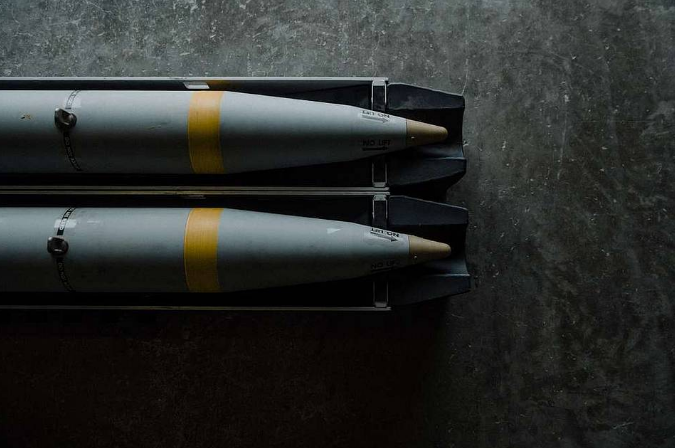
Can one strategically placed bomb alter the course of a battle? In Ukraine’s most recent air campaign, the answer would seem to be affirmative. A Ukrainian Air Force attack employing American-provided GBU-39 Small Diameter Bombs reportedly destroyed three Russian artillery pieces, which highlights how precision-guided ammunition is changing the tactical environment of the war.
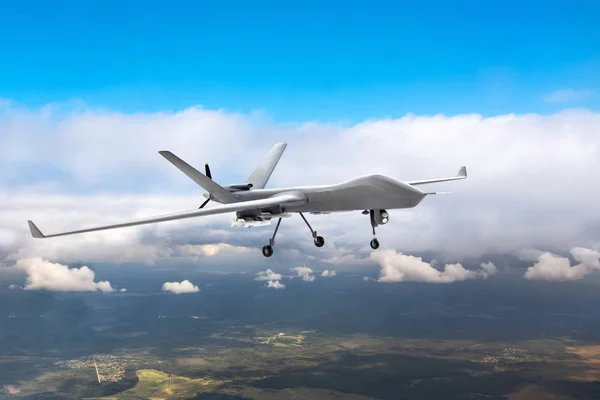
This strike is all part of a wider evolution in Ukrainian employment of tactical aviation, in which precision, scouting, and timing come together to achieve maximum effect with the least exposure. From bridge bombing within Russian territory to incorporating the latest drone warfare, Ukrainian tactics demonstrate the urgency of counteroffensive action and the strategic need to disrupt Russian supply chains.
Below are seven of the strongest features of Ukraine’s precision bombing and reconnaissance-strike operations, exposing not only battlefield impacts but also the technological and doctrinal changes behind them.
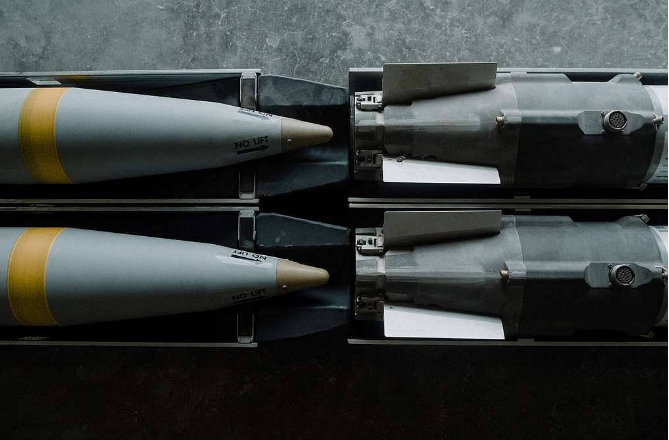
1. The GBU-39: Small but Deadly
The US-built GBU-39 Small Diameter Bomb is a 250-pound precision-guided munition used to annihilate high-priority stationary and fixed targets. The US Air Force reports that it has the capability of reaching standoff ranges over 40 nautical miles, GPS-guided for precision strike. Tactical aviation used these bombs in Ukraine’s latest attack against Russian artillery emplacements, showing their capability of neutralizing threats without putting aircraft in range of close-air defenses.
Unlike larger ordnance, the GBU-39’s reduced size allows aircraft to carry more munitions per sortie, increasing operational tempo. This flexibility has proven critical in Ukraine’s campaign, where precision and rapid follow-up strikes can exploit fleeting intelligence gathered by reconnaissance drones.

2. Reconnaissance-Strike Integration
Video of the recent attack was recorded by an observer drone that originally detected the artillery systems. This combination of unmanned aerial reconnaissance and precision air-delivered weapons is representative of the contemporary reconnaissance-strike complex one concept that has been honed in conflicts as varied as Nagorno-Karabakh and today’s war.
By connecting sensor and shooter in near-real time, Ukrainian troops shorten the kill chain, allowing commanders to take action on newly available intelligence before targets move or hide. Such integration becomes more and more critical in counter-battery combat, where evasion and mobility are survival skills.
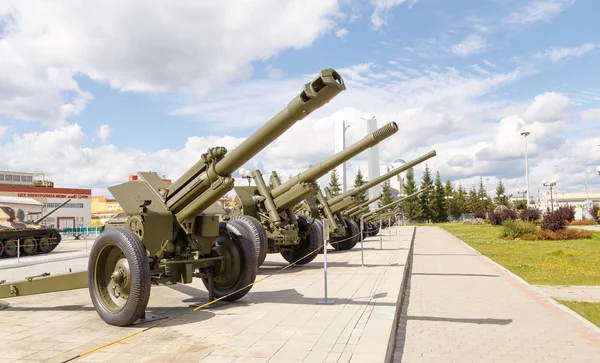
3. Targeting Russian Artillery
Militarnyi stated that on September 23, Ukrainian aviation accounted for 30% of attacks on Russian artillery guns. If true, it is a significant change in the tactical aviation’s role, which has usually concentrated on infrastructure and not direct weapon suppression.
Artillery is still a mainstay of Russian firepower. Disrupting it not only degrades incoming bombardment but also spreads out Russian units, making them harder to supply and command. Precision strikes against such systems therefore have immediate and cascading impacts on the battlefield.

4. Strategic Bridge Demolitions
In September and August, Ukrainian troops blew up several bridges in Russia’s Kursk province, two of which were close to Zvanoye and Glushkovo. These bridges were crucial for transporting military vehicles over the Seym River. As Lt Gen Mykola Oleschuk said, withdrawing logistical capabilities from the enemy substantially impacts the course of combat.
Such strikes, sometimes using GBU-39s or HIMARS rockets, aim to create a buffer zone and sever supply lines. Analysts noted that with three bridges down, Ukraine could gain control over nearly 700 square kilometers, forcing Russian withdrawals from undersupplied positions.
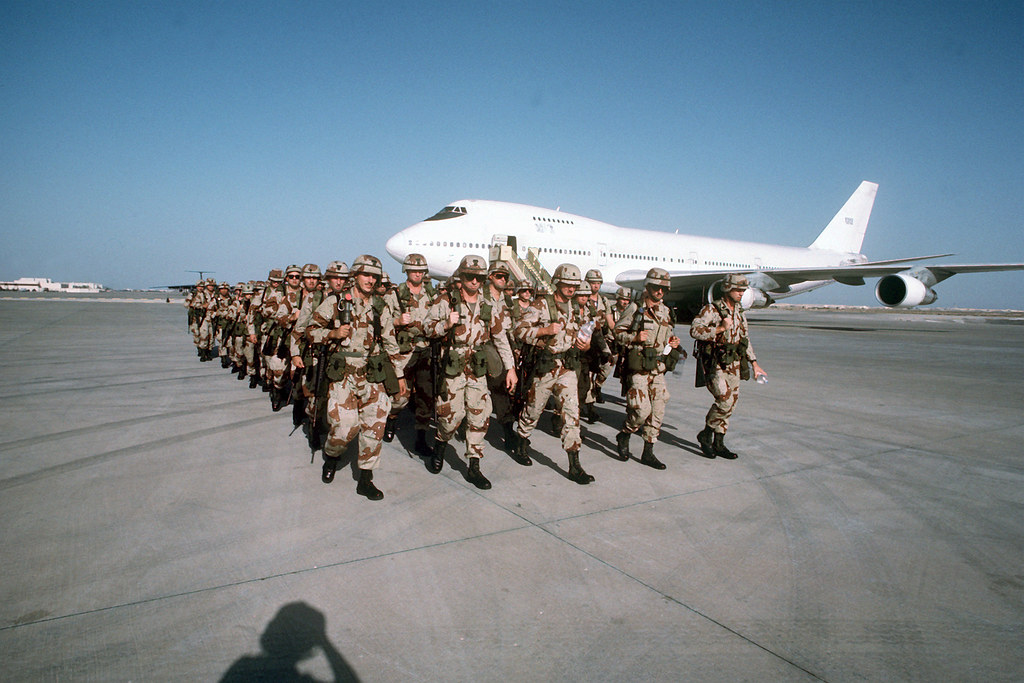
5. Precision-Guided Munitions in Modern Warfare
Development since Operation Desert Storm has taken air power to the brink of being a ‘surgical strike’ capability. As observed in a European Defence Agency report, there has been increased demand for precision to enhance effect against adversaries while preventing collateral damage.
Next-generation PGMs will be networked, versatile, and launchable from manned and unmanned systems. The use of the GBU-39 in Ukraine’s campaign demonstrates how such munitions play into multi-domain operations, where versatility and coordination are as essential as sheer destructive potential.
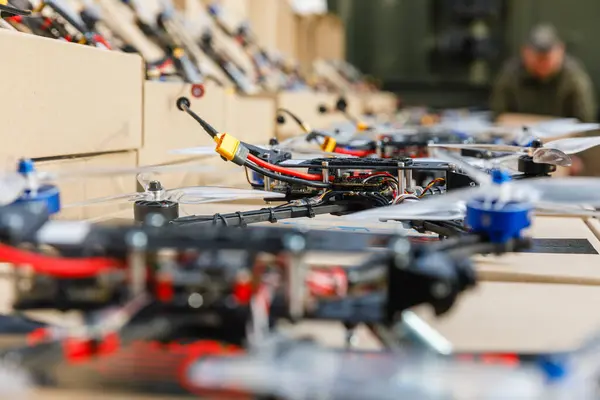
6. Drone Warfare as a Force Multiplier
Ukraine’s battle innovations go beyond the skies, though. Units such as the 3rd Assault Brigade use FPV drones and unmanned ground vehicles for scouting, attack, and supply missions. Drones now make up 60–70% of casualties suffered in some areas, according to commanders.
High-end drone brigades, like Yurih ‘Achilles’ Fedorenko’s 429th Separate Regiment of Unmanned Systems, penetrate deep into Russian operational territory as far as 70 kilometers attacking artillery, logistics centers, and drone operators. This multi-layered technique augments precision bombing by weakening adversary capabilities before they arrive at the front.
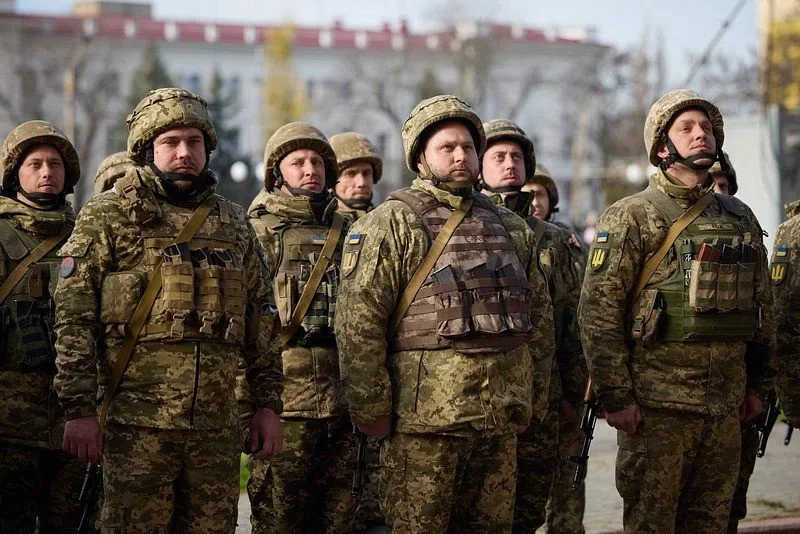
7. Interfering with Russian Logistics and Morale
Aside from physical devastation, drone intrusions and precision strikes have psychological significance. Removal of Russian flags from buildings taken in Glouchkov, large-scale evacuations within Kursk Oblast, and broadcast videos of bridge destruction send a message to both sides that Ukrainian military can conduct deep intrusions into disputed territory.
Mykhaylo Podolyak underscored that Ukraine is not seeking occupation but to force Russia to negotiate by eliminating “as much Russian war potential as possible.” The approach combines tactical successes with strategic communication, using precision instruments to influence the larger war.
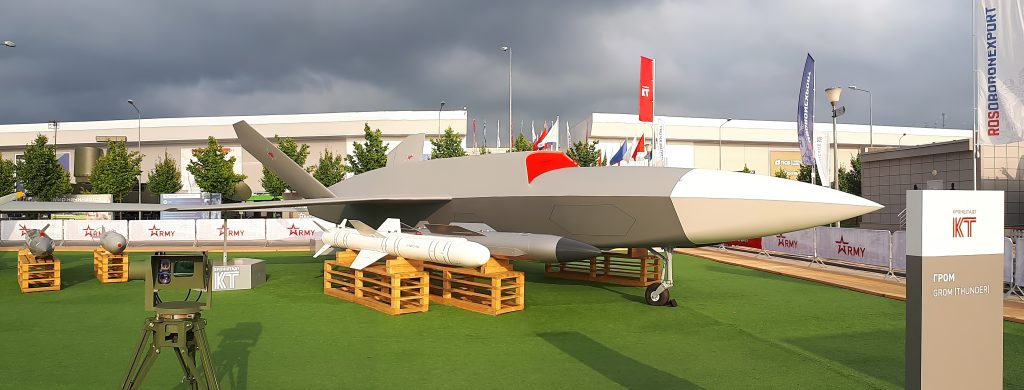
Ukraine’s recent precision bombing campaign is not just a tactical triumph; it is a case study on how contemporary conflict mingles technology, intelligence, and strategy. The GBU-39 function, coupled with integrated drone reconnaissance and attacks on key infrastructure, is indicative of a move towards operations that are more focused on disruption than brute destruction. For military strategists and technology watchers, these innovations present a vision of the battlefield to come one in which precision and integration can surpass mass in determining success.

